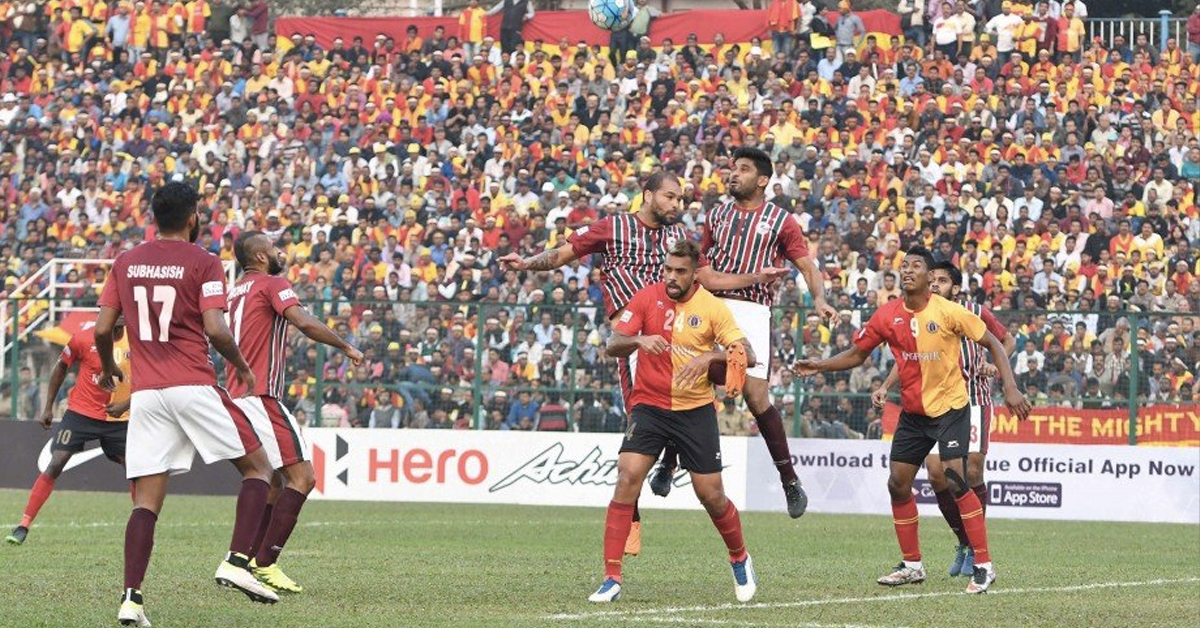Football
ISL 2020-21: Derby Differentiators of Kolkata's "Boro Match" - Culture, Identity, Fish?

Since the first Kolkata derby was played in 1921, the fixture has become synonymous with Bengali culture and the way anyone residing in Kolkata sees the world outside. Over the years, the ‘boro match’, as it is called in Bengali, has ceased being just another football match and percolated the very fabric of Bengali sentiment. But to understand that, you’ll have to understand what the two sets of supporters stand for.
At its core, the Kolkata derby is the rivalry between the ‘Ghoti’ and the ‘Bangal’. The term Ghoti refers to those whose ancestors belonged to the western part of Bengal before partition. Bangals on the other hand are those whose ancestors were from the eastern part of Bengal, which is modern-day Bangladesh. It’s therefore intriguing that for years thereafter, these two communities have inhabited the same city and are united in every front, except on the day of the derby.
Indeed, what makes this rivalry unique is that it has nothing to do with religion, caste or class. Instead it’s steeped in the cultural identity of the people, their roots and where they come from. People could ask whether that is even relevant in the 21st century but any Bengali who has heard the stories of partition or how Mohun Bagan beat the East Yorkshire Regiment barefoot from their grandparents would tell you why it does. For true blue East Bengal fans for instance, the club was their only source of joy during the time of partition and its aftermath. It not just gave them something to rally behind, but also connected them to India itself as it took on a new meaning geographically and politically.
There are other facets to this event as well, beyond decorating your mohalla with the colours of either club or engaging in hours of debate while sipping chai from your favourite chai wala near your home. An interesting one is how the price of fish fluctuates in the local markets the few days after a derby. The Ghotis are historically associated with Chingri (prawns) while the Bangals love their Ilish (Hilsa). Every time one team one-ups the other, the fans celebrate by eating their favourite fish at home as an expression of their happiness. Therefore, after an East Bengal victory, the price of Hilsa goes up while a Mohun Bagan victory drives the price of prawns.
There are many other such small nuances that make the derby such a special occasion. Not just Bengalis, people from other states who have been living in Kolkata or for that matter any other part of West Bengal for a long time understand what it’s all about and join in during post-match celebrations. Just like Durga Pujo, the ‘boro match’ is something that unites and divides an entire community of people and we wouldn’t have it any other way.
Also read:

